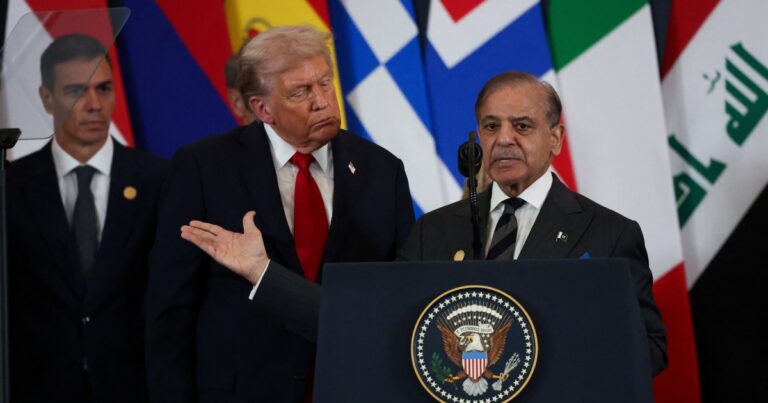Lizzo is facing a copyright infringement lawsuit over a snippet of a song the singer shared on social media that referenced the controversy around Sydney Sweeney’s American Eagle ad.
The GRC Trust, a Georgia-based revocable trust, filed the lawsuit in federal court in California on Tuesday (October 21), alleging that Lizzo’s track – known alternately as I’m Goin’ In Till October or Good Jeans – sampled without permission the 1970 song Win Or Lose (We Tried) by soul singer and songwriter Sam Dees.
Lizzo’s allegedly infringing work “incorporates, interpolates, and samples instrumental and vocal elements of the [Sam Dees] composition,” states the GRC Trust’s complaint, which can be read in full here. “Representatives for Lizzo acknowledge the same.”
However, a representative for Lizzo told BBC News and Bloomberg Law that they were “surprised that The GRC Trust filed this lawsuit,” given that Lizzo’s song “has never been commercially released or monetized, and no decision has been made at this time regarding any future commercial release of the song.”
Lizzo circulated the snippet on platforms including TikTok and Instagram this past summer. The track gained attention in part through its reference to Sydney Sweeney’s appearance as a model for jeans company American Eagle.
The ads’ catchphrase, “Sydney Sweeney has good jeans,” was seen as a pun on “genes,” and some criticized the campaign as racist for suggesting that Sweeney’s blue eyes and blond hair constitute “good genes.”
Lizzo’s track included the lyric “Bitch, I got good jeans like I’m Sydney,” and it was circulated alongside a video of Lizzo washing a Porsche in cutoff shorts and a denim top. According to news reports, the track has disappeared from Lizzo’s social accounts.
The GRC Trust’s complaint states that they attempted an “informal resolution” of the dispute, but the talks “reached an impasse, necessitating the filing of this case.”
The complaint argues that Lizzo and Atlantic “have obtained profits they would not have realized but for their infringement of GRC’s rights in the composition. As such, GRC is entitled to disgorgement of defendants’ profits attributable to defendants’ infringement in an amount to be established at trial.”
“To be clear, the song has never been commercially released or monetized, and no decision has been made at this time regarding any future commercial release of the song.”
spokesperson for Lizzo
The lawsuit seeks an injunction to stop Lizzo and Atlantic from using the track any further, along with damages for “all of defendants’ profits plus all GRC’s losses,” plus attorneys’ fees and court costs.
The trust is beng represented via Jimmy Ginn, president of Ginn Music Group, an Atlanta-based music catalog investor.
This is not the only copyright lawsuit filed by GRC Trust recently. In September, the trust sued Kanye West, alleging that West’s track LORD LIFT ME UP sampled Sam Dees’ 1975 song Just Out Of My Reach.
And it’s not Lizzo’s first time around in copyright court. In 2019 the singer was sued for copyright infringement over her hit track Truth Hurts.
Justin “Yves” Rothman and brothers Justin and Jeremiah Raisen, who worked as songwriters on another Lizzo track, Healthy, said their work for Healthy was used in Truth Hurts without credit or compensation.
The case was dismissed in 2022 after the parties involved reached an out-of-court settlement.Music Business Worldwide











